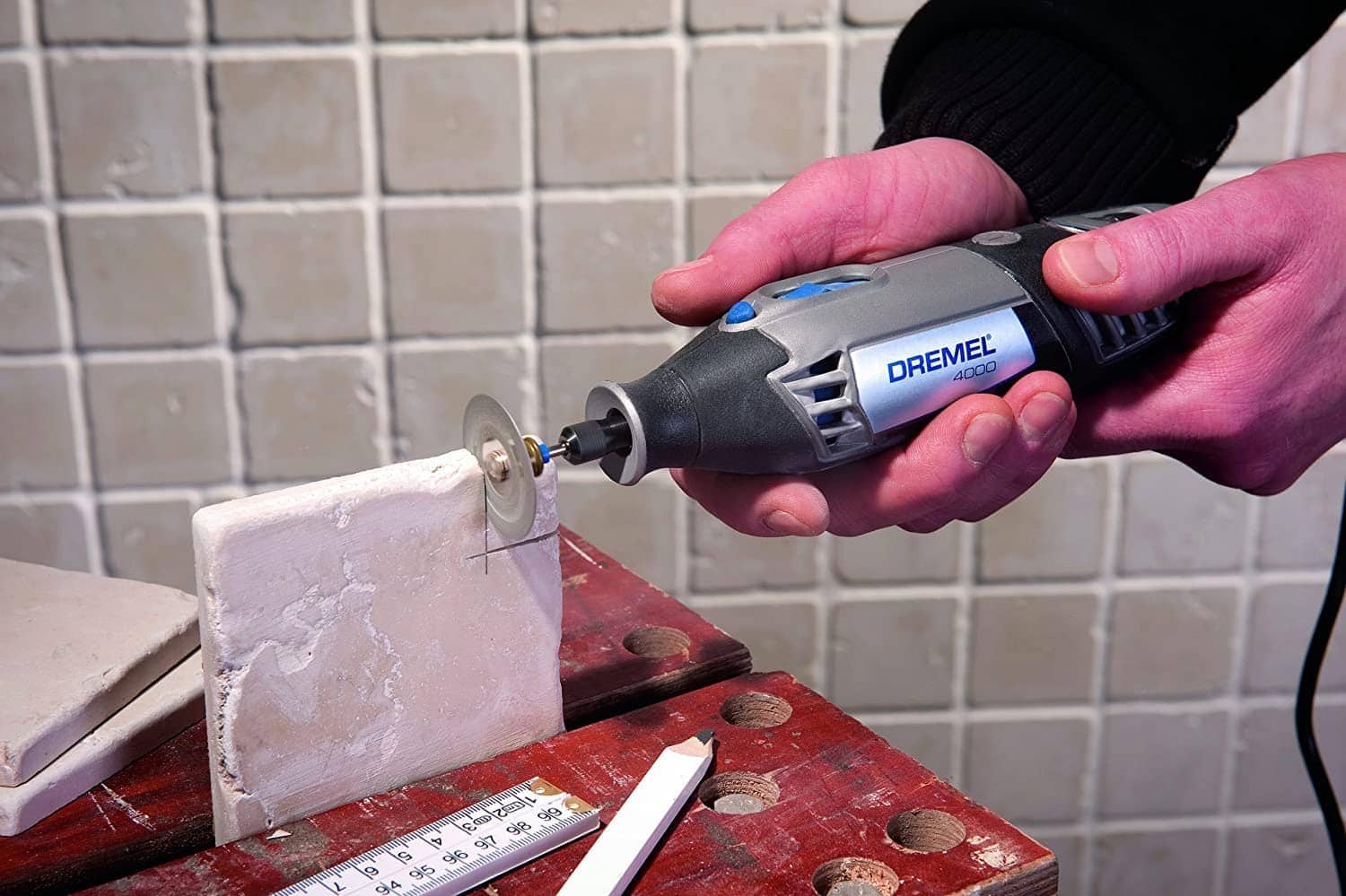17 Essential Tools for Knife-Making (with Pictures)
-
Pete Ortiz
- Last updated:
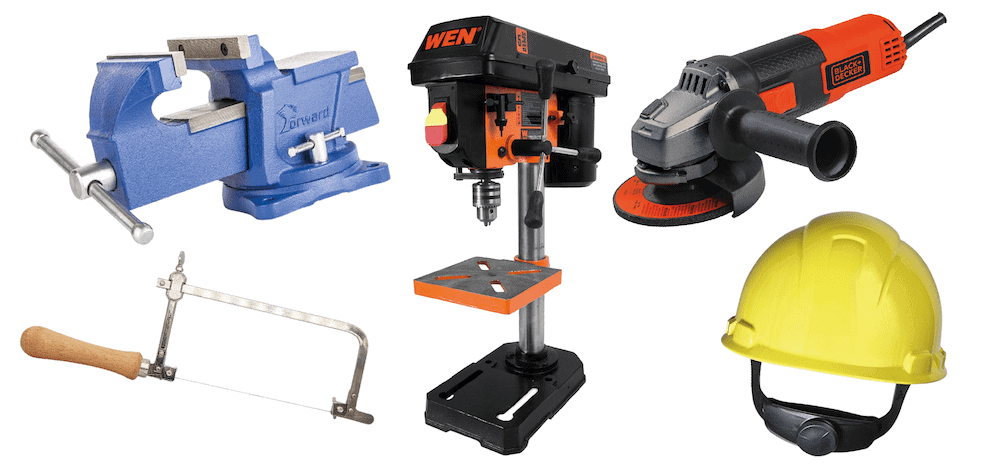
Although it’s easy and convenient to buy a knife at the store, it can be an incredibly fun and rewarding project to make your own instead. To make a knife, you need several tools to keep you safe and make the best knife possible.
To help you get started on your knife-making projects, we have put together this list of the 17 essential tools for knife-making. In this article, we look at the top tools necessary for knife-making and provide a description and picture of each tool to make the process a bit easier. Let’s get started.
The 17 Essential Tools for Knife-Making
1. Protective Gear
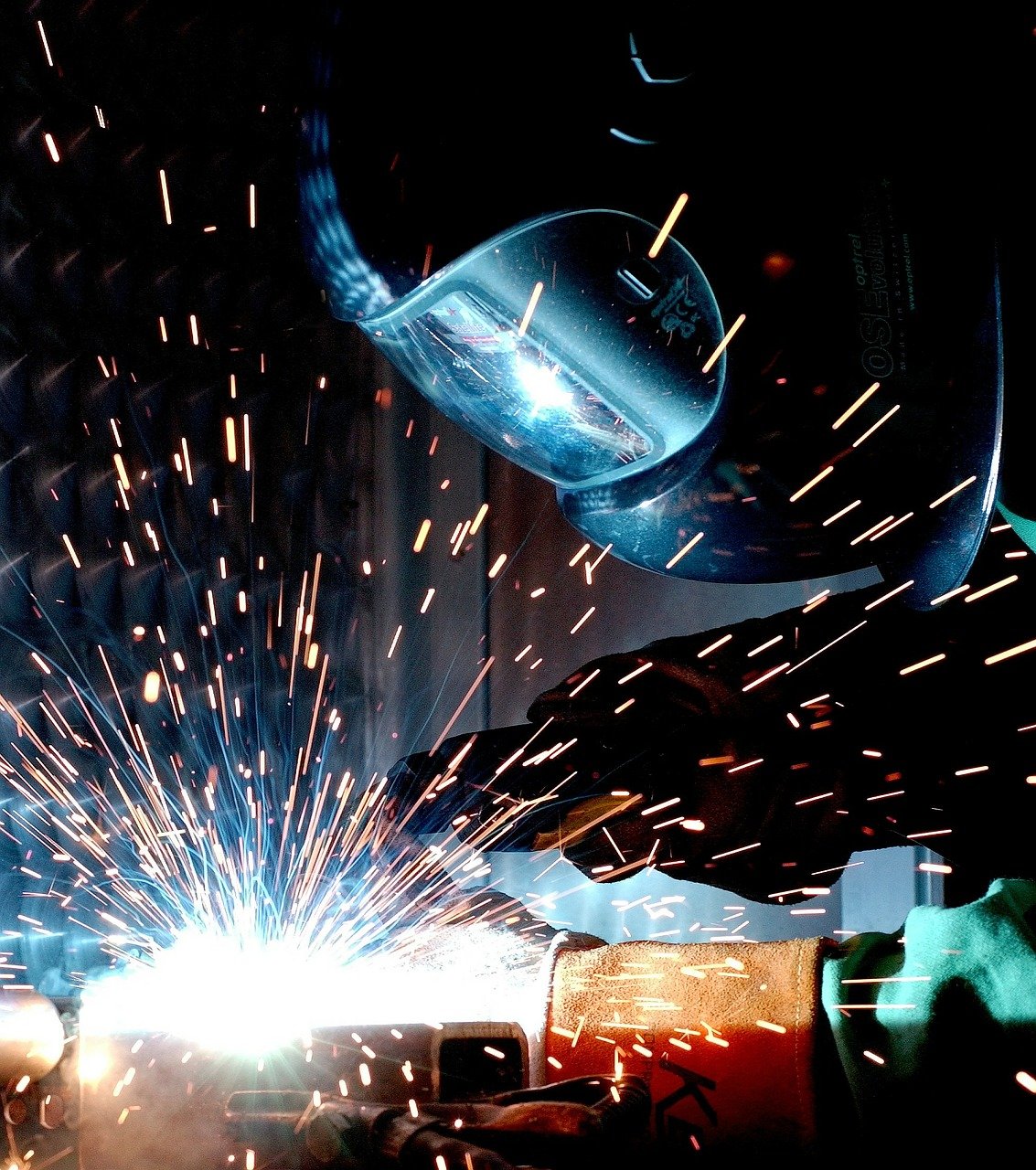
The most important tool to get when knife-making is protective gear. The protective gear ensures you remain safe and healthy while working with sharp and dangerous materials. Here is a list of protective gear you should get:
- Goggles or Safety Glasses: When making a knife, sharp and delicate debris can fly toward your face. Protect your eyes from steel dust and debris with goggles or safety glasses.
- Heavy gloves: Knives and the tools needed to make knives are sharp, making it easy to cut your hands. Additionally, you have to heat steel to sharpen and fasten the knife, creating an opportunity for you to burn your hands. Heavy gloves protect your hands from getting cut or burnt.
- Dust respirator: As you make a knife and sharpen its edges, steel dust will come off the knife. You can avoid inhaling steel dust or other debris with a dust respirator.
- Work apron: It is easy to get grease and debris on your skin and clothes when making a knife. A work apron will protect your skin and clothing from getting stained or damaged by any tool.
If you expect to make knives by forging steel, you must get a fire extinguisher as well. You can find a 5-pound rechargeable fire extinguisher for under $50 online.
2. Hacksaw or Coping Saw
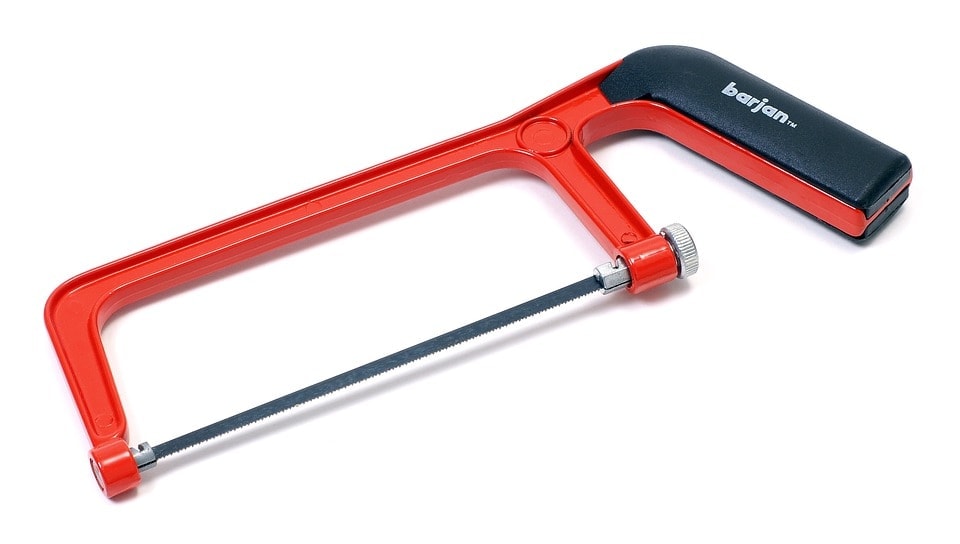
Knife-making always begins with using a hacksaw or coping saw. The purpose of the hacksaw is to cut the metal down to a workable size. Without this tool, the metal can be too large and unruly to be useful in any way. Although power tools can cut metal faster, they won’t let you work in tight corners, which is required when making a knife.
3. Pre-Cut Blade Blanks
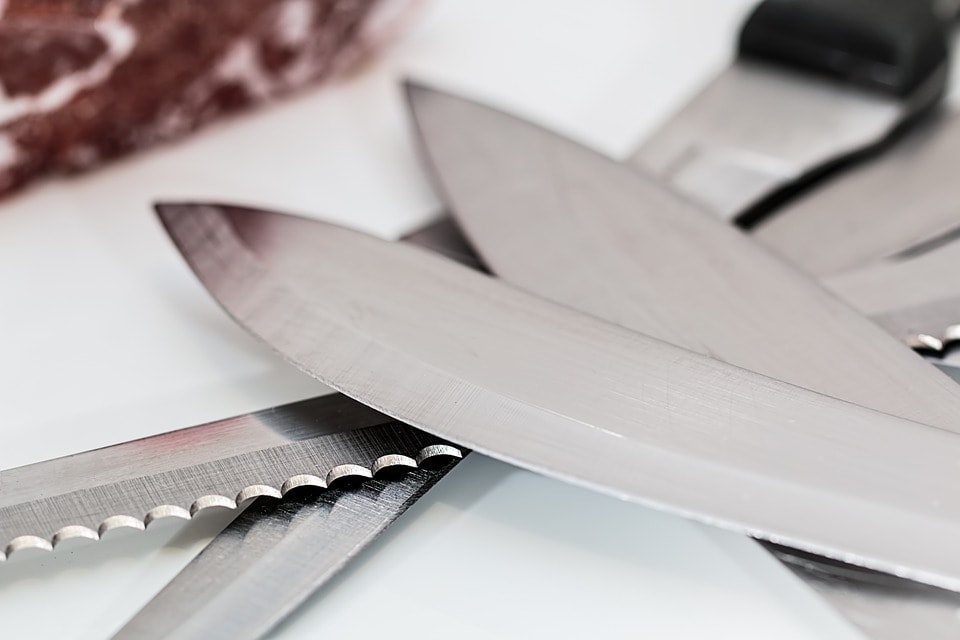
If you are an experienced knife-maker or want to make your knife entirely on your own, you can skip this tool. Otherwise, you may want to consider buying pre-cut blade blanks. They are ideal if you are new to knife-making because they will allow you to spend your energy learning how to shape and craft a knife, instead of breaking down the steel into more manageable chunks.
4. Angle Grinder
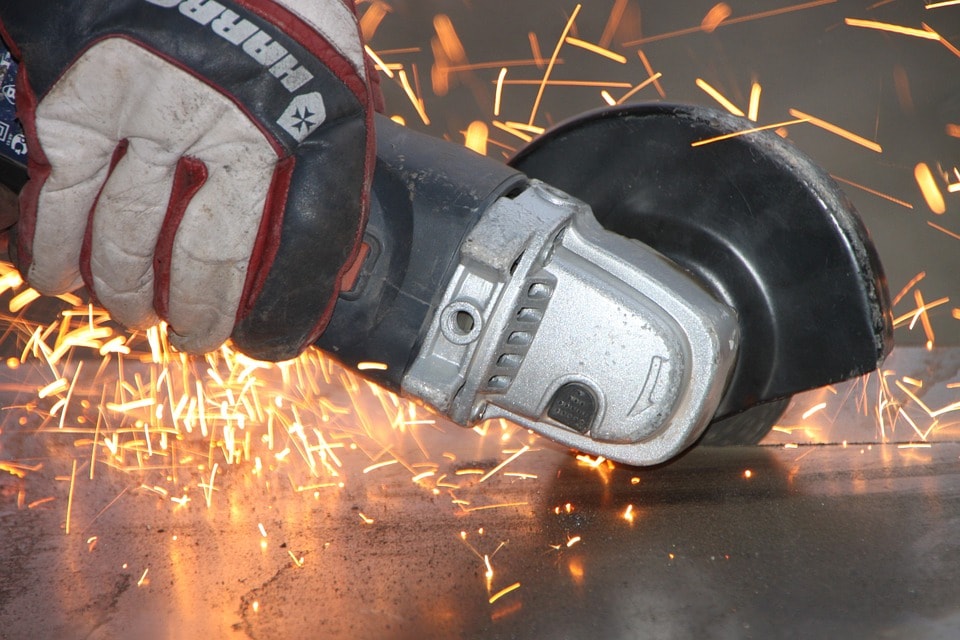
An angle grinder cuts through steel, which will allow you to make the sharp side of your knife. Without it, it will be very difficult and time-consuming to create a sharp, angled side to the knife. Though you can technically perform this function without an angle grinder, this tool will make the process much faster and require less muscle.
5. Angle Grinder Discs
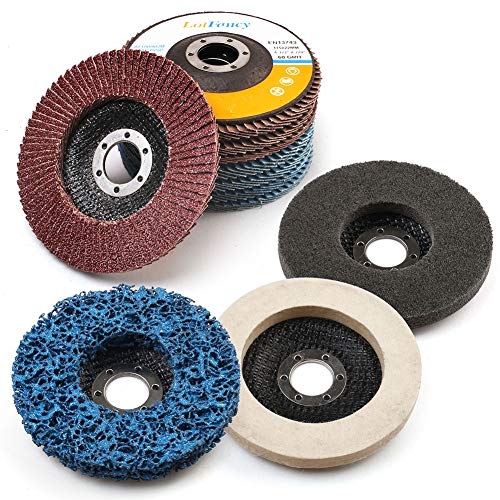
6. Metal Files
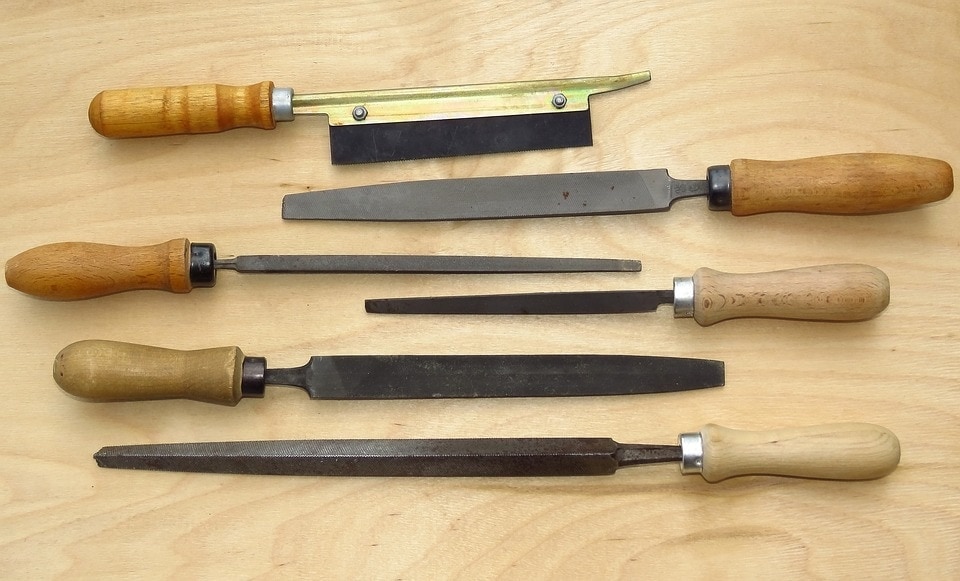
Metal files are a staple for knife-making, and all metal workers and knife-makers rely on them heavily. They sand off rough areas on the metal after you shape it. This gives the knife a smooth and crisp finish that is both sharp and attractive.
7. Sandpaper
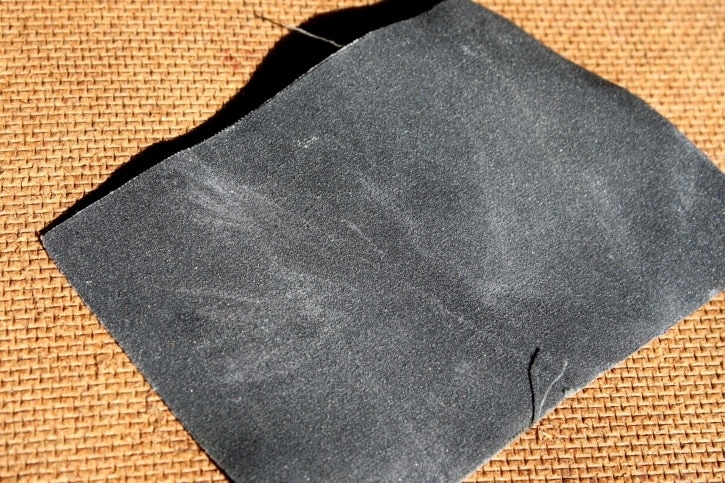
Sandpaper will allow you to shape your handle and smooth the knife. The purpose of the sandpaper is to make the handle comfortable so that you can use the knife efficiently and for long periods. You need to buy multiple grits of sandpaper, not just one, to get the ideal finish.
8. Small Drill Press
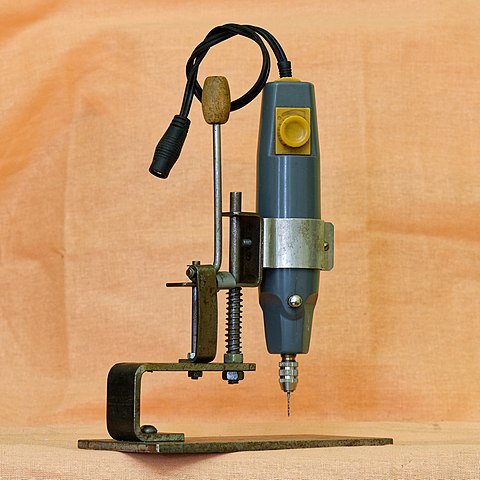
A small drill press is used to drill a hole for the pins inside the knife. The purpose of these incredibly small pins is to hold the knife together. Small drill presses can be expensive, which may convince you to use a regular hand drill instead, but a small drill press is more efficient for knife pins due to the size of the hole needed.
9. Drill
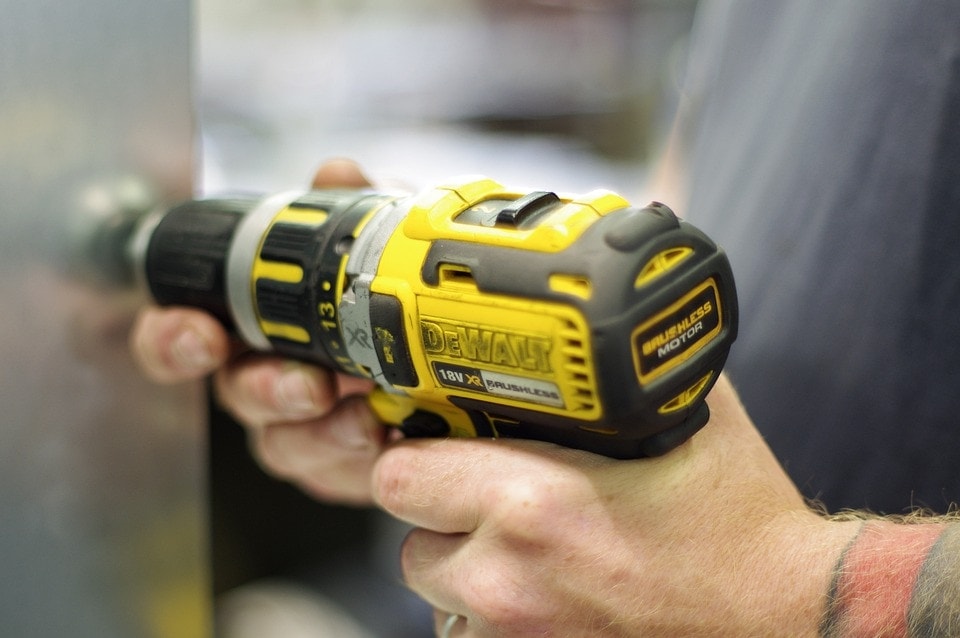
If you do not anticipate using the small drill press often, you can use a regular hand drill instead. If you are a beginner knife-maker, a hand drill may be suitable for your needs. If you expect to make more knives in the future, you should consider investing in a small drill press instead.
10. Bench Vise
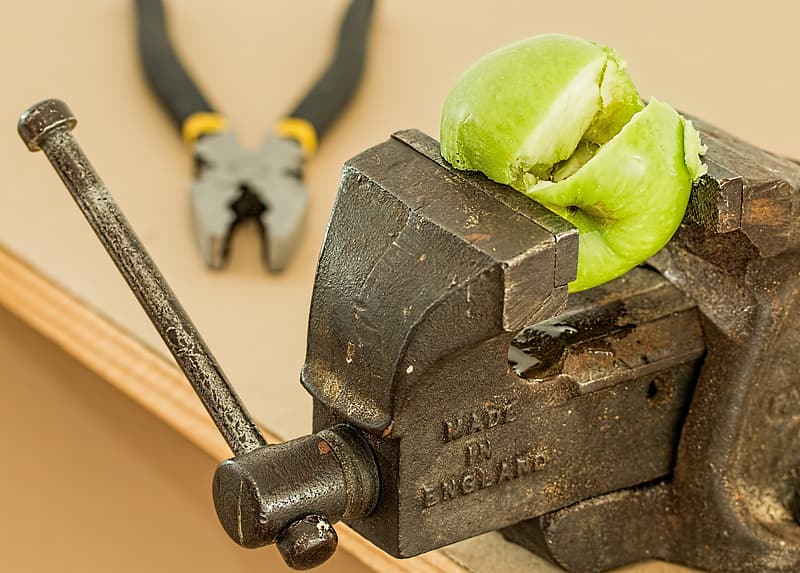
A bench vise will work as a third hand to hold the steel, making it easier to work on and shape the knife. This tool is especially helpful since knives are so small. Look for a bench vise that has a 360-degree swivel base adjustment, which allows you to change the position of the work. To work a bench vise, place the mouth upwards to hold the blade upright, making it easier to access.
Keep in mind to practice safety precautions when using a bench vise. This setup can be very dangerous since the blade is in the air. Walk slowly, and do not leave the blade in the vise when you are not working on it.
11. Clamps
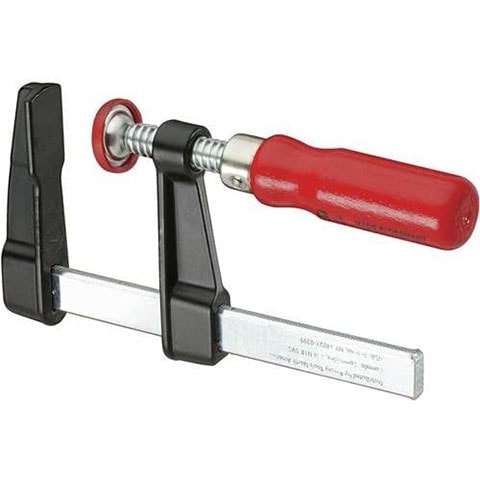
12. Forge
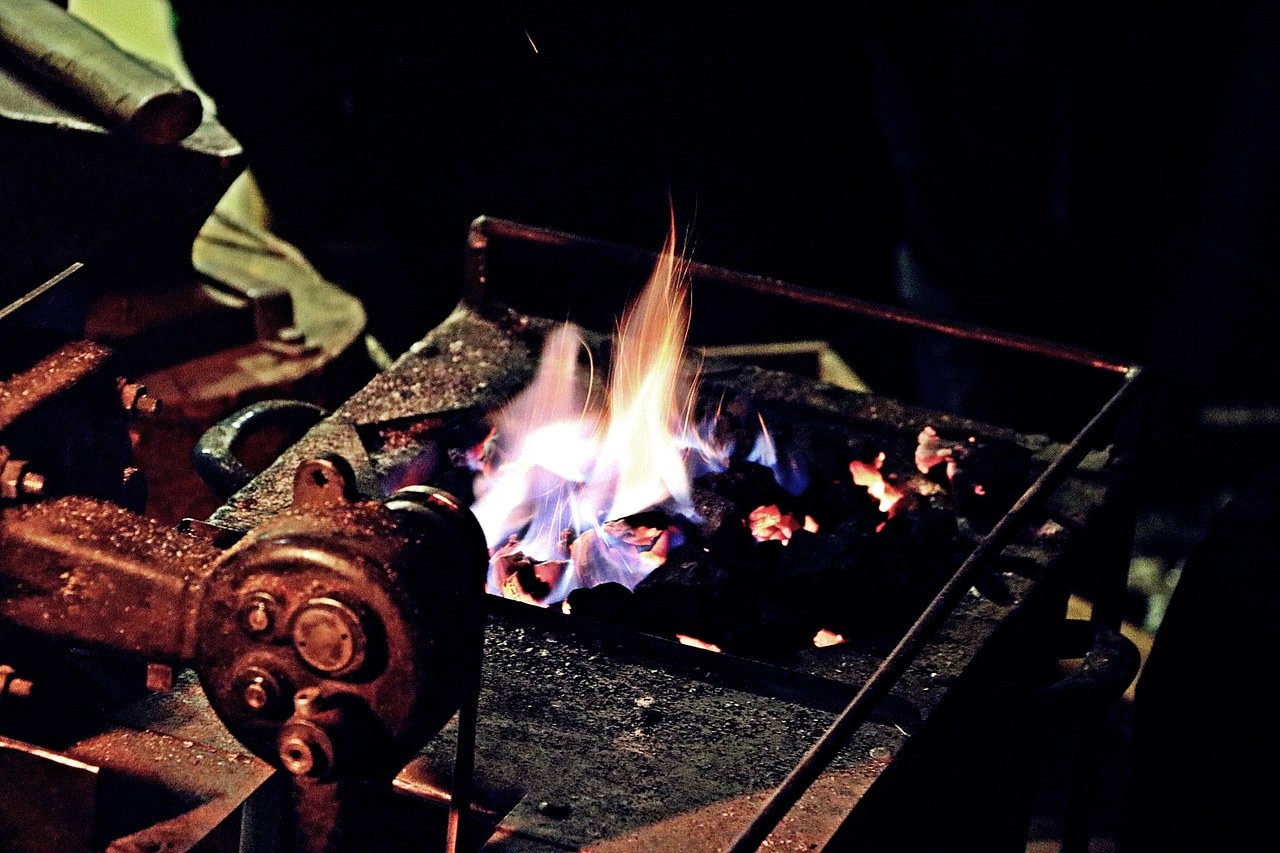
A forge heats the steel so you can shape it however you want. When it’s cool, steel is incredibly hard. Whenever the metal heats up, however, the metal is workable, allowing you to work the knife into your ideal shape.
13. Heat-Treating Oven
Similar to a forge, a heat-treating oven heats up the steel. The most difficult part of making a knife and the most important is heat treating the steel. Although you can outsource heat-treating, purchasing your own heat-treating oven will allow you to create professional-grade knives on your own.
When looking for the right heat-treating oven, ensure the model has precise temperatures. It must have a digital or manual temperature control that will allow you to control and monitor the temperatures. Make sure that the oven can reach 2,350 degrees Fahrenheit.
14. Whetstone
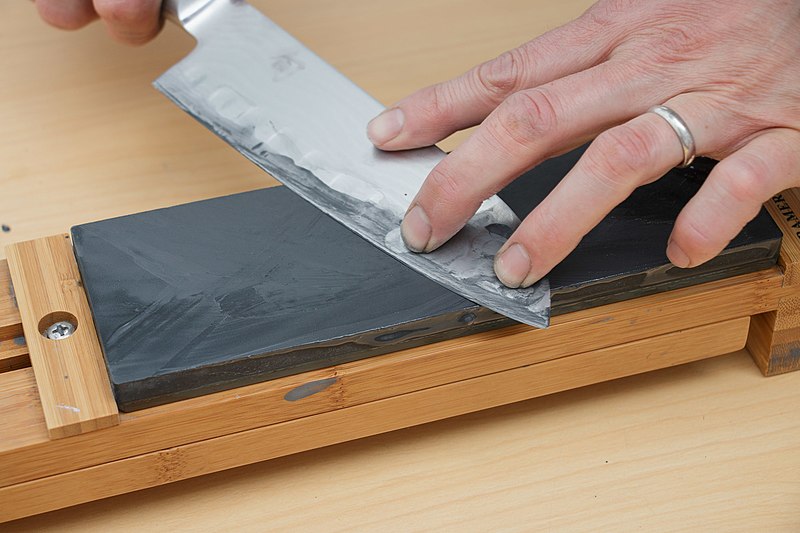
After you have made the knife, you will use a whetstone to sharpen it. This tool ensures you have an extremely sharp and precise blade that can cut through anything.
15. Dremel or Another Rotary Tool
Although a Dremel is not necessary to make a knife, it can be handy for cutting material, detail grinding, rust cleaning, and customization. Most knife-makers prefer the Dremel 4000, and you can find used deals online for nearly half the price. If you do not want to invest in a Dremel, you can look for another rotary tool.
16. Belt Grinder
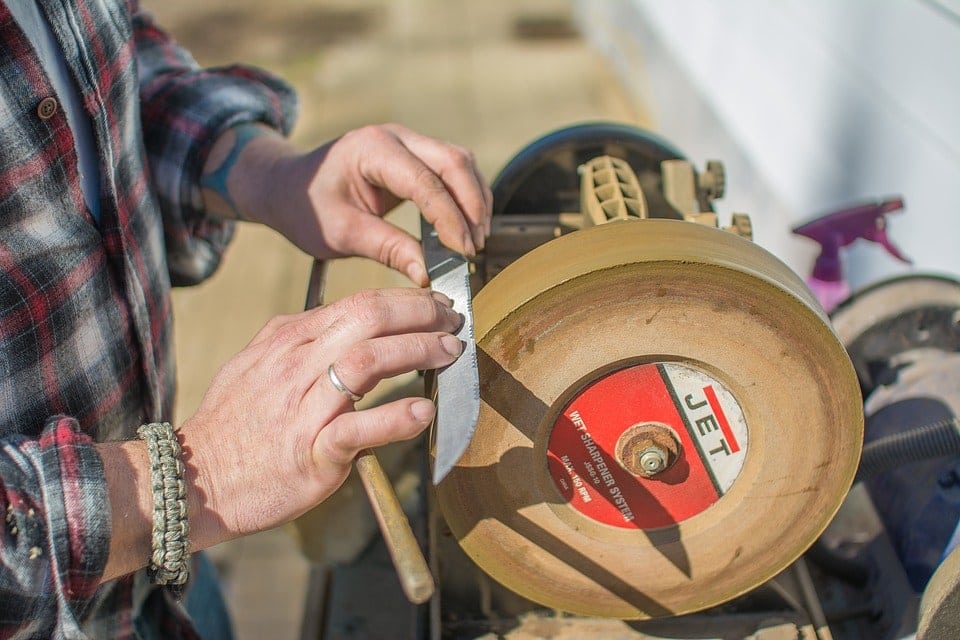
A belt grinder is coated in abrasive material and runs over the surface of the knife to get the desired finish. For serious knife-making purposes, invest in an industrial knife belt. Belt grinders can be incredibly expensive, which makes them unsuitable for beginners.
If you are on a budget or are new to knife-making, you do not necessarily need this tool, though it will allow you to create professional-grade knives.
17. Social Media

Although you don’t need social media to make a knife, social media is a necessary tool for promoting and showcasing your work. If you don’t know how to market on social media, look online for helpful guides and tips for effective marketing strategies. You will find several free websites, templates, and more.
Conclusion
When making a knife, you need a variety of tools in order to cut the steel into manageable chunks, fasten the knife, sharpen the knife, and create a comfortable handle. The list above includes the 17 most essential tools for making your knife. We hope that this roundup will make the process of finding the tools for knife-making easier and allow you to start making your knife faster.
- Related Read: BEST RJ45 CRIMPERS
Contents


